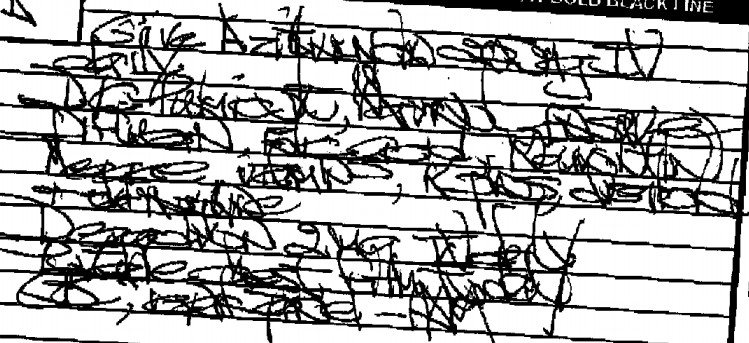Today was a good day for informatics at ASHP Midyear.
Pharmacy 2.0: How the Web is Changing How We Practice
This was a great session moderated by John Poikonen (@poikonen), PharmD or RxInformatics.com. John defined Pharmacy 2.0 as the combination of ASHP’s practice model, participatory medicine, health reform, and self-reform, i.e. changing the way you work. In an interesting move Poikonen asked the audience how many of them were familiar with the term “hashtag†and mentioned the use of #Midyear2009 as a way to follow the meeting on Twitter. Unfortunately very few pharmacists raised their hand to acknowledge the term. I wish we had a way to quantify the number, but it was only 10-20 in a crowd of a couple hundred. It’s obvious that the crowd had an interest in the subject by their presence, but as I already suspected pharmacy has a long way to go before we can be considered tech savvy.
Todd Eury (@toddeury) of Pharmacy Technology Resources and Pharmacy Web 2.0 presented on “Healthcare System Communications Evolution: Pharmacy and Web 2.0â€. In his presentation he introduced many of the most commonly used social media available today; specifically LinkedIn, Twitter and Facebook. He did an excellent job of defining their role in pharmacy practice and communicating not only their benefits, but pitfalls as well. One thing of particular interest in Eury’s presentation was the need to monitor your online reputation and occasionally “Google yourselfâ€. Try it; you’ll be surprised at what you find.
Kevin Clauson (@kevinclauson), PharmD of Nova Southeastern University College of Pharmacy presented “A Pharmacist’s Web 2.0 Toolkit for Information Management.†He covered the use of RSS Readers, like Google Reader, PeRSSonalized, and Clinical Reader, as well as Twitter and Evernote as a way for pharmacists to keep up with the ever changing world of information that we have to digest and assimilate. I consider myself pretty well versed in the ways of the web, but Kevin offered up some great pearls of wisdom that I can immediately put into practice.
The final segment of the Pharmacy 2.0 session was a video presentation by Dr. Daniel Sands (@drdannysands) in which he spoke about physician’s use of social media and the web to communicate with his patients. He also covered ways that patients can get involved in their own healthcare through the use of online societies specific to their condition. Dr. Sands spent several minutes in the video interviewing physicians in his own practice about their views on social media and its impact on their relationship with patients. Not surprising some physicians spoke positively about the technology, while others were not so flattering.
Pharmacy Informatics Education Networking Session
This session offered up some of the most interactive discussion that I’ve been involved with during my time here at Midyear. The discussion centered on what informatics education standards should be for pharmacy students and how that should translate into a “qualified informatics pharmacistâ€. It was interesting to see the difference in opinions from pharmacist to pharmacist. While I won’t go into exactly what was covered I think everyone in that room needs to remember that pharmacists are highly educated clinicians that deserve to practice informatics at that same level. A <insert title here; clinical informaticist, Informatics pharmacist, pharmacy informaticist, clinical informatics pharmacist, medication management informaticist> should not be the guy sitting in a cubicle writing reports day in and day out, or the guy that has to edit each line item in the pharmacy information system because “G†should be “GMâ€. The <insert title here> should be the individual involved in making sure that systems are designed to include pharmacy workflow, that the reports being written provide the necessary information to be clinically relavent, that current clinical standards are adhered to during implementation of new systems, be the representative at the table during discussions of integration and interoperability of hospital systems, etc. Pharmacy informatics is a young discipline and a step in the wrong direction can harm the profession for years to come.
Informatics Bytes 2009: Pearls of Informatics
This session, which is still going on, has a little bit of everything when it comes to pharmacy informatics and patient safety. They announced that the session would be recorded. Maybe they’ll even create a podcast out of it; one can only hope.

